
Hey Readers!
I am SO excited to welcome special guest, author, Jamie Weil, to this week’s Author Spotlight at A Busy Lady. Jamie is an author, journalist, and teacher with work that spans from YA novels to focus on helping empaths through teaching energy writing. She’s written and published six books and is a strong advocate for domestic violence survivors. Jamie is passionate on helping others heal from past trauma.
She’s also got some really awesome stories to tell. Now, without further ado, please welcome Jamie Weil!
You began your writing journey at a young age when your poetry was first published as a child. How did that experience shape your identity as a writer?
First, thank you so much for inviting me to write about writing on A Busy Lady. Writing has been with me since I was a young child, and it’s a special opportunity to share what it means to me, and specifically, how it heals.
When I was in third grade, my life at home was chaotic. My mother had left my father and moved my step-father in shortly after. I couldn’t really process what was happening. I just knew that the wrong person was sitting in my dad’s yellow recliner where he had read many stories to me. I was a good student, and had been recognized as a good writer since Kindergarten when Mrs. Pugh gave me more gold stars on my papers than anyone in the classroom. School became my safe space where I could achieve and be recognized for that achievement. There, I had more control.
I didn’t realize it at the time, but Mrs. Montagner must have been aware of this chaos at home. She put me in positions of recognition in the classroom when I didn’t feel seen or heard in my world. She sent me down to “teach” the first graders how to read. I remember showing students how to sound out “Supercalifragiliciousexpialidocious” and I remember being so happy for them when they succeeded. She also sent my poem Red to the local Redding Record Searchlight, the big paper in the largest town 30 miles from my small town of Cottonwood. They published it. From that moment, I identified as a published writer, and would continue to use words to help me understand my world. As I continued to gain affirmation from my writing, I continued to believe in myself as a writer.
As someone who has studied literature and taught writing to children, how has your understanding of storytelling evolved over the years?
Okay, buckle up. This is an unedited answer.
As humans, we have used stories to understand our world from the beginning of time. We are all storytellers. From a young age, I would love to read stories, to share stories with my friends, to act out stories, to watch stories, to listen to stories, and to write stories. I’ve just always been so smitten with stories to understand the human condition.
Early on, reading was the path in to that understanding. Fairytales and children’s book were my early entry into storytelling. Around third grade, my favorite author was Ruth Chew, a formulaic writer who wrote lots of easy chapter books about funny witches. I loved those books, and realized I could be transported into other worlds for hours, a welcome reprieve from my world at home.
During high school and college, I started to understand the power of stories to process pain and difficult topics. My high school English class would travel to the Oregon Shakespeare Festival in Ashland, Oregon, and watch Shakespeare’s complex use of story to tell tales that were hard (and dangerous) to write. We currently are members of the Oregon Shakespeare Festival, and recently saw Born with Teeth, an imaginary collaboration between Will Shakespeare and Christopher (“Kit”) Marlowe where the playwright expertly creates two hours of what that collaboration must have looked like. In college I studied many different types of literature I hadn’t been exposed to before, and started to write stories to address difficult subjects and emotions: anger, inequality, homelessness, suicide, addiction and later mental illness. I gravitated towards topics that hid in the dark corners of conversation. That draw carried over into my adult storytelling in both books, articles, blogs, and film.
When I was pregnant with my first child, I would read lots of different types of literature, including Shakespeare to him. I switched to picture books and Shel Silverstein poetry when he was born, then fell in love with that genre all over again as an adult.
As a young single mom, I quit my high paying (awful) job and went back to get a Masters’ in Teaching at Occidental College, the original teachers’ college in Los Angeles. There, my focus was multicultural literature, and teaching kids to read. As a second grade teacher at Pacific School in Manhattan Beach, I realized most teachers struggled with teaching kids to write but I fell in love with it. We started with oral storytelling which came quite naturally by then. We’d sit on the floor in a circle and I would tell the students “Mr. Greenskin” stories about an Irish leprechaun that got himself in many precarious situations.
Each week, they would write stories, have a peer editor, illustrate their stories, and publish them. On Fridays, they would read their books to their audience. When I left that job, they all created a book of wisdom for the baby in my belly, and gifted me with The Children’s Writer’s and Illustrator’s Market Guide. When my youngest child was born, and we started reading picture books again, I finally started to create my own.
To circle back to the evolution, then, I would consume, consume, consume and then finally I had to create my own in an effort to give back. I’ve done that with books, with articles, with blogs, and with film. I continue to learn with every new modality.
You’ve written YA novels inspired by true events, including one about a serial killer. How do you balance the line between reality and fiction in your storytelling?
I love stories that are inspired by true events, but I don’t always love the restriction of using non-fiction to tell a story about a particular event. It totally depends on the story. I am a hybrid writer because I am called by the story, and stories from all genres call me. I have written (and published) both fiction and non-fiction for both children and adults.
In the case of each YA novel, I was called to write the story but felt each of them needed to be fiction for different reasons. In the case of First Break, as a parent and a teacher, I was thrown into a world I didn’t understand and I was desperate to understand it myself, and help others understand it.
First Break is not a story about one particular person, but rather collective scenario I was seeing play out over and over. That scenario was teens (and younger children) were struggling with all types of very serious health issues and the adults in the room were having a very difficult time effectively addressing that. There was a law that had been passed called the Lanterman-Petris-Short-Act (LPS) which resulted in problematic privacy laws that weren’t serving kids. Students that had psychotic breaks at 18 (the age of adults) were ending up on the streets, in deep addiction or in state psychiatric hospitals, without their parents knowing because of privacy laws like HIPPA and FERPA (the college HIPPA) put into place after LPS. As their brains were misfiring, the young people were not winning at advocating for themselves and the whole thing was a mess. (LPS had never intended to do that, I learned, when I saw a presentation by the two creators of the act.) First Break was an imaginal first person account of what I was seeing play out around me, and a conversation starter I thought would help if middle schools would bring this book into their curriculum. My intention was grounded in early intervention. I wanted to pair the novel with curriculum and visual media in the form of a docuseries to open conversations at middle school levels. Sadly, Covid hit while we were working on it, filming shut down, and I ran out of money. I cried real tears.
Intuition was more of a healing piece for me, modeled after the true story of Darrel Rich, a serial killer in my hometown in 1978 that tried to pick me up on the day of his last kill.
He was also my babysitter.
I recently told this story at a Writer’s Retreat in Bali in June, and started weeping. I thought that writing the story had healed what I can only describe as survivor’s guilt. On that day, he picked up a 12 year old in our local post office, less than a mile where he had tried to grab me. He brutally raped her and threw her off Shasta Dam alive where she crawled to the edge of the water way and died. That’s a really tough one to get over. I never went to counseling because, well, it was the 70s. So I think that book was my attempt at healing, and it’s just a very crazy story. Making it fiction gave me the freedom to bring it into contemporary times, and imagine how it may have turned out differently if the young protagonists used social media to catch the killer. This local Redding book group invited me to come talk and share my story. Some of them remembered the story when it happened because he murdered women from Redding.
As a teacher, journalist, and now an advocate for empaths, what drew you to the idea of using writing as a healing tool for sensitive individuals?
It took me years to understand how, as an empath and the parent of two empaths, to differentiate my energy from others so as not to be pulled down in the swirl. I had collected many tools over the years I used daily, to keep myself charged up. Writing was one of those.
When Covid hit, and I was exhausted from the film project, I felt called to write a book in a different way about what I felt was happening on more of a metaphysical canvas. I wrote it using a process I had used in 7th grade which was in essence automatic writing. I didn’t know what was going to come out, and I didn’t have a plan. I certainly did not have in mind a nonfiction spirituality genre that would primarily speak to women. I ended up writing it in a (long) weekend and editing it over the next 9 months. I had never self-published before but decided that book needed to be put into the world that way. I had it in e-book, paperback, hard back, and on Audible within the year. It hit (and stayed at) number one on Amazon’s hot new bestsellers which felt like I got a gold star again. Shine: When Chasing Sacred Spaces Goes Dark was really written for empaths whom I felt were impacted the hardest in Covid because they feel everything so much stronger than others. It gave them a set of “light lifts” to usher the light back in and help light up the dark that was happening. And I only figured that out once it was written.
Can you share more about your experience hosting a writing retreat in Mt. Shasta?
After I wrote Shine, I felt called to try a new way of empowering empaths: hold Shine retreats. I felt transformation in myself as I engaged daily in the practices I laid out in Shine and I wanted to empower others in the same way. I would teach the light-lifts in the book over the weekend in a sacred space during a sacred time, and light up empaths who were drained. I would teach them tools like meditation, energy awareness, and writing to heal in the same way I was feeling healed. By serving others in this way, I would also serve myself. Just as in story, a transformation process took place from original idea to final product, and what came out was a writing weekend for empaths who weren’t necessarily writers, but could learn to use writing as a tool for their own self-care. I held the retreat in a very magical place in Mt. Shasta with a 10 foot white marble Kwan Yin statue under the Full Flower Moon. Kwan Yin is the goddess of mercy and compassion for the world and specifically for youth. It was inspiring for all of us.
You share your travel adventures on your Substack. How has living a full-time traveling lifestyle influenced your writing process and the themes you explore in your work?
First, it’s challenging to find the time and space to write anything other than travel itineraries and packing lists! I need to pack three trips ahead. Starting a big project (ie book, screenplay, etc.) requires consistent daily writing and privacy, neither of which I have time for right now. Rather than drive myself crazy battling for that time and space, I decided to start a project that requires my consistency, where I can practice my service and creativity on a weekly basis. That project is A Mermaid’s Tale and feeds into the work I will be doing to interrupt the cycle of domestic violence this fall.
My purpose for moving my decades-long blog over to Substack was symbolic. It is a new chapter, this nomadic Imrama, and I was looking for a platform to share what I was learning traveling the world and connecting with all kinds of different humans with fascinating stories. On a very regular basis we sit and have long conversations with strangers, and I think, I have got to share this wisdom/funny story/anecdote/synchronicity with others. Just like most writers, I’m constantly creating in my head and needed a canvas for those acrylic moments.
But as often happens as I started to write, my own heart shifted the landscape to domestic violence and my own experience. I’m a credentialed teacher, and next month I will be volunteering with a domestic violence shelter to reach out to high school classrooms in Southern California. My team and I will teach teens how to build a foundation for a healthy relationship. Having those skills feels to me like a form of early intervention against domestic violence, and I’m really excited about serving in this way. I’m hoping this Substack will be a place for those too timid to ask questions but who want to learn more and find more encouragement.
What traveling full time has given me is a true sense for how much I value freedom. Born in the 60s, I’m a child of a those transformational years where people fought for so many rights and where Bread’s version of “Freedom” was one of my favorite songs. When our kids were independent and solid, and we sold our home (after being home owners for 27 years) and didn’t buy another one on purpose, we weren’t sure exactly how it was going to go. I just knew I felt like I was in a prison and I hated it. I needed freedom.
This soul journey, our Imrama, has been transformative and so freeing. It means we “have” to be in other places and expand our comfort zone. As humans, we cling to what we know and operate on automatic. Traveling full time interrupts that. We constantly have to edit our stuff. We can’t clutter. We can compare the energy of one space/country/ city to another and think what should we hold up against this? When we go to a new place, or back to a familiar place we have been before, it brings in all sorts of new sensory and energetic details.
I’ve become way more in tune with those details. For example, I am typing this from the Big Island of Hawaii where we come often. I noticed today how much the air smells like flowers. Last night, when we returned from dinner, a night bird sang and I sang back. We went back and forth like that. I’ve never heard that bird any place else. The water is particularly magic here, and this time of year, it’s so warm. It feels like swimming through silk. Energetically, something has shifted. The locals aren’t as friendly this time. I don’t know what’s happening, but I can tell something is going on that is different than February. All these details inform my writing, themes, and dreams.
In June I was in Bali for a month which forever changed me. This picture below is of me feeling the spray of the waterfall against my hand at the end of a trail in Munduk, the mountainous region in Bali. As I look at it, I think this is the same feeling the power of this journey. It’s almost indescribable.
As an advocate for mental health and sharing one’s story, what advice do you have for aspiring writers looking to use writing as a tool for personal growth and healing?
One of the reasons I started writing about topics like mental illness, addiction, homelessness, domestic violence and other dark closet topics, is because these are the topics I was drawn to as a young person and as an adult. They seemed so important for me to understand, and seemed like so few people in my circles were willing to talk about them. I didn’t grow up where therapy was even on my radar as a tool, and yet I lived in a county with the highest ACES (Adverse Childhood Experience Score) in the country. I had to be resourceful. Writing, both for personal healing and for communicating with others, was free. (This was my childhood home from the time I was two weeks old and my mom is still there!)
Sharing your story, or small pieces of your story, is a healing experience. It also empowers others. In my book Shine: When Chasing Sacred Spaces Goes Dark, I included a poem by a writer I mentored who used writing to keep herself alive during a particularly difficult time (her teens). The poem was her suicide note, and writing it, I think, played a huge part in saving her life. She was able to get out toxic thoughts that were pushing her to make a permanent solution out of a temporary problem. That poem made her a published writer, and I believe she will go on to publish great pieces that inspire others. Writing can literally save lives. My advice is to try it. Be vulnerable. It’s powerful.
As someone who writes about mental health, particularly in your YA novels, how do you approach sensitive issues like bipolar disorder in a way that resonates with young readers?
In the case of my YA novels, I always look to empower the protagonist in a way that will empower the reader. My goal is to tell a captivating story in an honest way that will bring in new understanding, engage, and empower the reader. I also very much feel like I am here on the earth as a light-worker focused on assisting teens and transitional youth. I have mentored multiple youths both officially through organized programs and unofficially when they ask in addition to my own two children.
I write about the most challenging topics I see young people struggling with: suicide, anger, cutting, mental health, addiction, social media and so forth. I don’t dumb that down in my writing, but rather take situations I have seen a variety of young people go through and bring those into the story. In First Break, my oldest son and his wife (college professors) helped me put together resources for readers in the back of the book so readers could educate themselves with reputable organizations to help themselves, a friend, or a child.
The interesting thing I’ve learned about YA is that young adults are not the main readers. Their parents are. I’ve had many parents, particularly moms, tell me that this novel really helped them understand and empathize with young people showing symptoms they didn’t understand, and subsequently get help. I’m having the same feedback currently about domestic violence in my Substack. It’s the most important way I feel my writing can serve others.
What advice would you give to writers who want to tell personal or true stories, but are hesitant to put themselves out there?
When I was studying English Literature at UCLA, the challenge was always to separate the work from the author in fictional work. In my YAs, one reason I chose fiction over nonfiction is it gave me the ability to tell a piece of my story (my intimate relationship with a serial killer in Intuition), but also create a story around that which leaves room for change. I remember in college the temptation was to analyze a work by pointing to an author’s bio, but the story isn’t best served in that way, and readers often get it wrong. I have seen that first hand.
In essence, fiction gives a person the ability to tell a hard story by giving them liberty to embellish and space for changes. For example, I know UCLA’s campus by heart since I spent four years there so I placed the setting in Haines Hall. I actually went into the classroom where Paige has her first severe symptoms in First Break, imagined what that must be like, watched the sun go down, and wrote her going back to her dorm. I knew the route because it was my dorm and I knew each shadow because I watched it at the same time of year the story took place. It’s much like when you look at a picture and paint it. But I’ve never experienced a psychotic break directly, and I do not have bipolar disorder. Still, I feel I captured that narrative by choosing first person and writing with close detail that I studied. At least, I hope I did.
Nonfiction is different. When I was writing Intuition I debated before starting about writing it as nonfiction because the true story is so compelling. My concern was for the relatives of the young girl that was brutally murdered, and the other women murdered before her. I didn’t want to drudge that up. I knew it would be hard for my mom who was also traumatized by the story. I also knew that my home town would rather forget that time, and wanted to honor that to some degree. There were other reasons, but in the end, the book wanted to be a novel.
So there’s a thread of thinking that goes like that with any given story and honestly I think in the end, the story itself will tell you how it wants to be presented if you listen.
What is the most rewarding part of your writing journey so far, and what motivates you to continue creating new work after decades in the industry?
The most rewarding part of the writing journey is when my stories inspire someone else in some way and they let me know that. That’s what keeps me writing. I have been told since I was six that writing is a gift for me, and I believe we should share our gifts with the world. I try to let go of attachments to awards, publishing deals, advances/royalties, the next big win, and focus on asking one question: what words do I need to share right now that will help/inspire/motivate/educate the readers that find it? Blogging is perfect for that because it opens up the channel to do that exactly like you are doing with A Busy Lady.
Is there anything else you’d like to share? What are you working on now?
Writing expands you every time you do it. For me, that has historically been literal. They say giving birth to a book is like giving birth to a baby, and I gain weight when I’m writing a book just as when I had my children. I have known other writers that this happens to as well. I intentionally put a lifeline of photos and video in here so you have a visual to this story. That to say, writing expands you in the most interesting ways, and heals in layers. I have actually been hesitant to write another book so I don’t have to do that cycle again. When I feel fear, though, I know that means I need to lean in and heal whatever is ready to be healed. Writing is the best balm. My current challenge is to apply that balm without physically expanding!
My main project now is A Mermaid’s Tale and that calls for weekly publication each Monday. That keeps me busy. When I settle down and have a regular writing space, I have two projects I will write. The first is a screenplay of Intuition because I retained audio/visual rights to that piece and that one wants to be adapted to the screen. The second is a YA fantasy novel that’s been relentless and is demanding an appearance. I have never adapted a novel to screenplay nor have I ever written a YA fantasy so I’m looking forward to learning stretching myself when the time is right.
Thank you so much for inviting me to share on your Substack, for your thought-provoking questions, and for encouraging me to share the story of my stories. I look forward to reading you each week and following your journey. When I get a writers’ house, you can come to mine.
Oceans of Love,
Jamie
https://substack.com/@jamieweilwrites
Find Jamie at the following links!
Substack: https://substack.com/@jamieweilwrites?r=3649ok&utm_medium=ios
Website: www.jamieweil.net
Jamie Weil – LinkedIn - https://www.linkedin.com/in/jamieweilwriter/
Jamieweil – X - https://twitter.com/jamieweil
Youtube - http://www.youtube.com/user/TheJamieWriter
Vimeo - https://vimeo.com/jamieweil
IG - https://www.instagram.com/jamieweilwrites
https://www.instagram.com/kainnection
Author Page: https://www.amazon.com/author/jamieweil
*All photos shared with Jamie Weil’s permission, 2024.




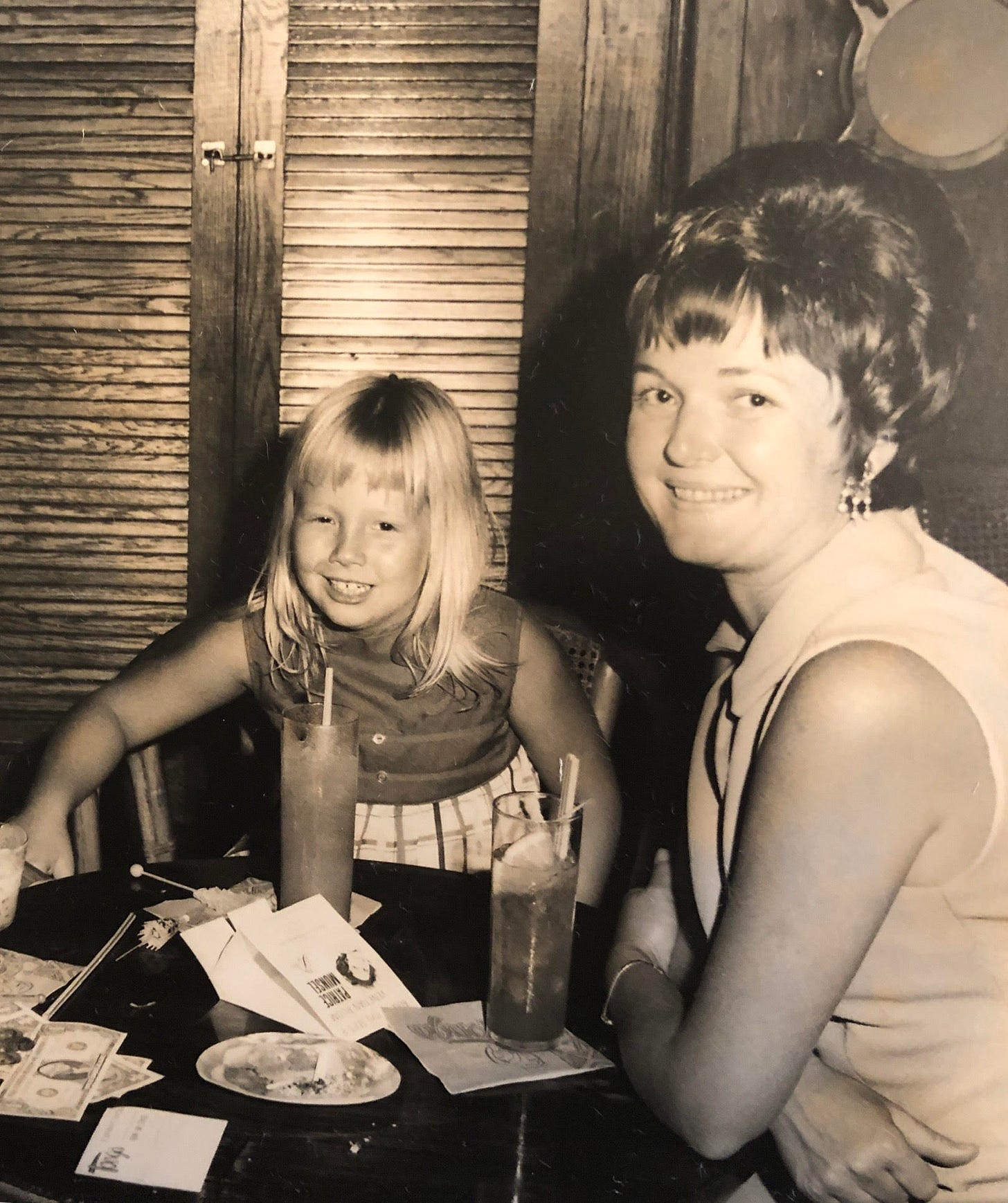
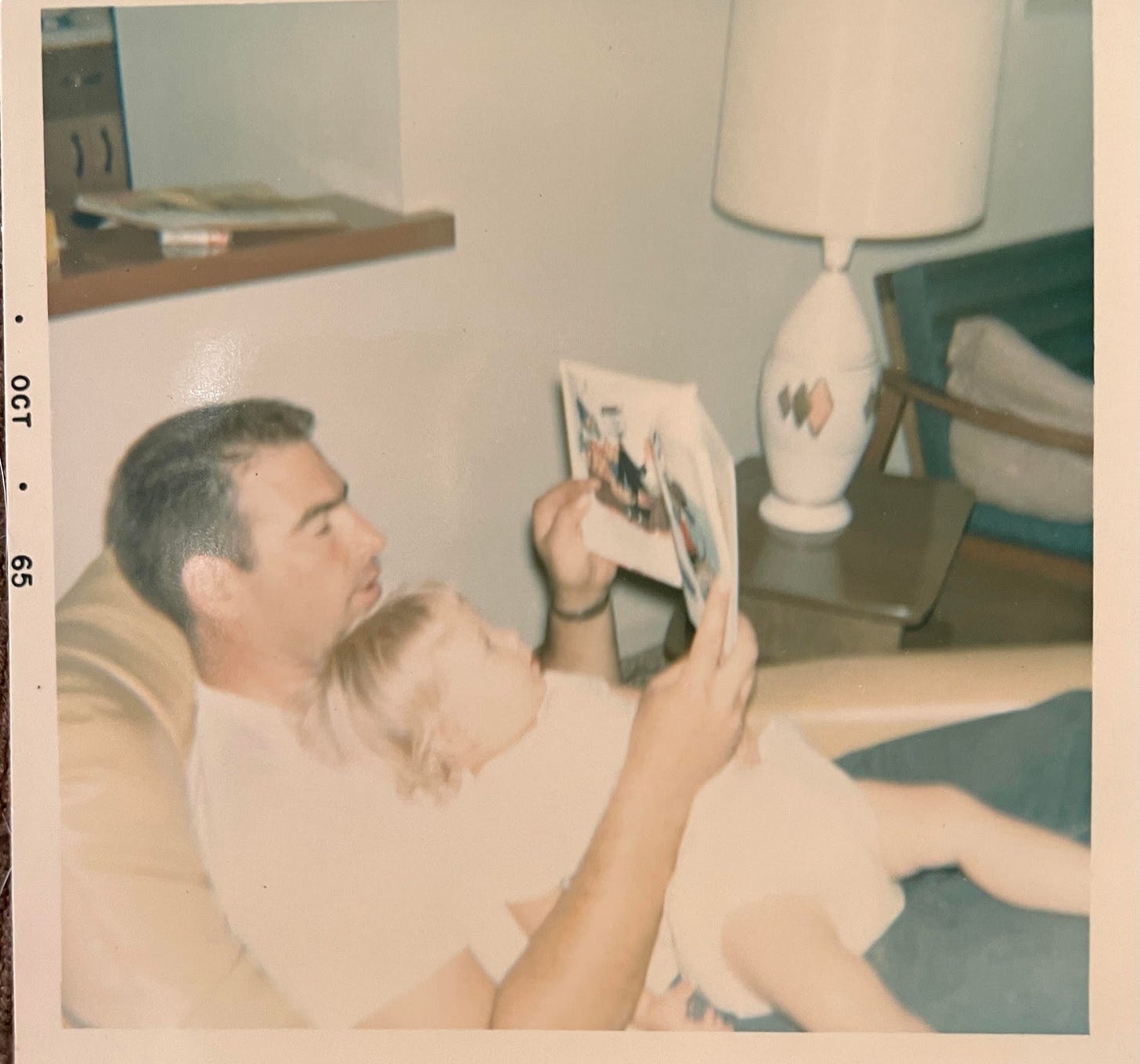
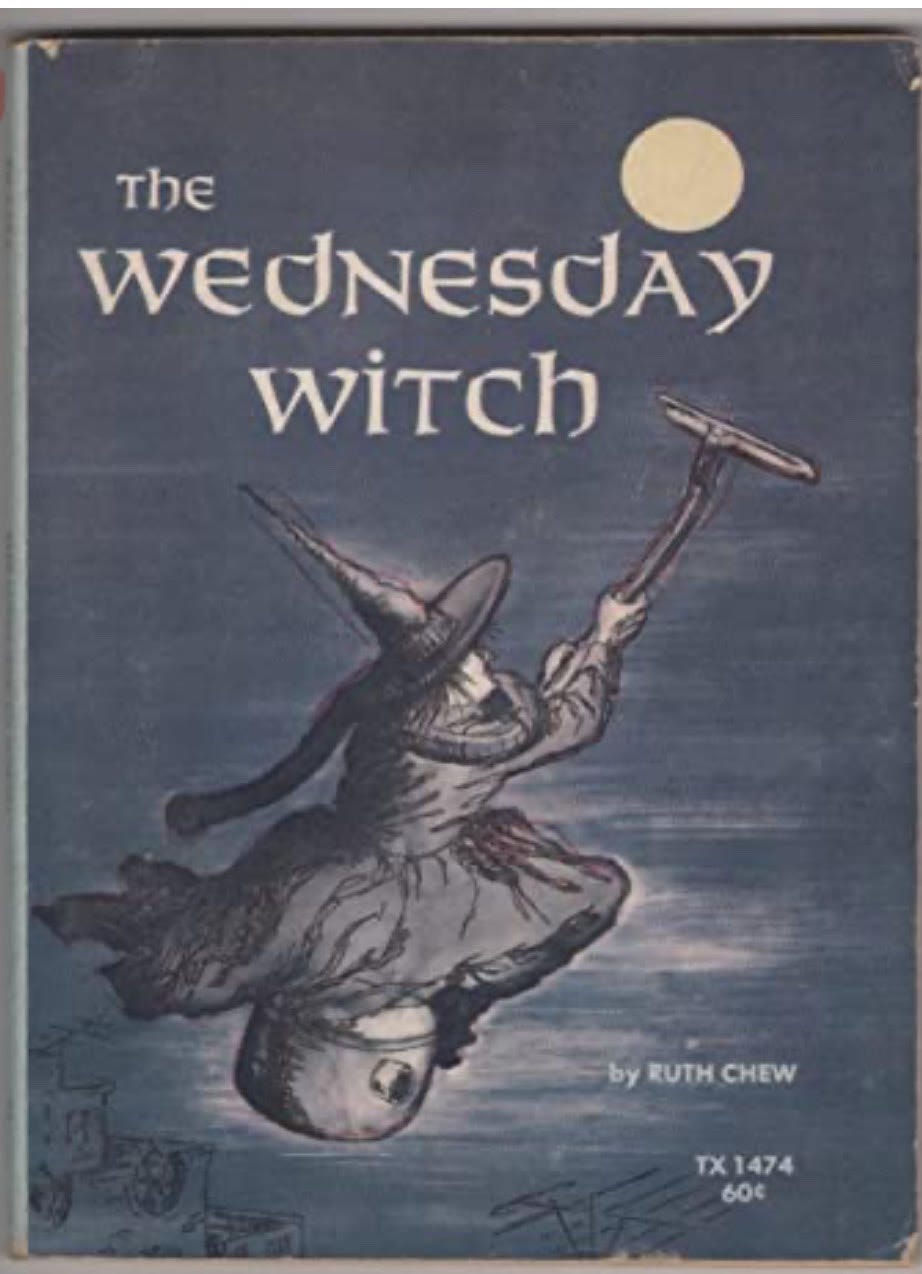
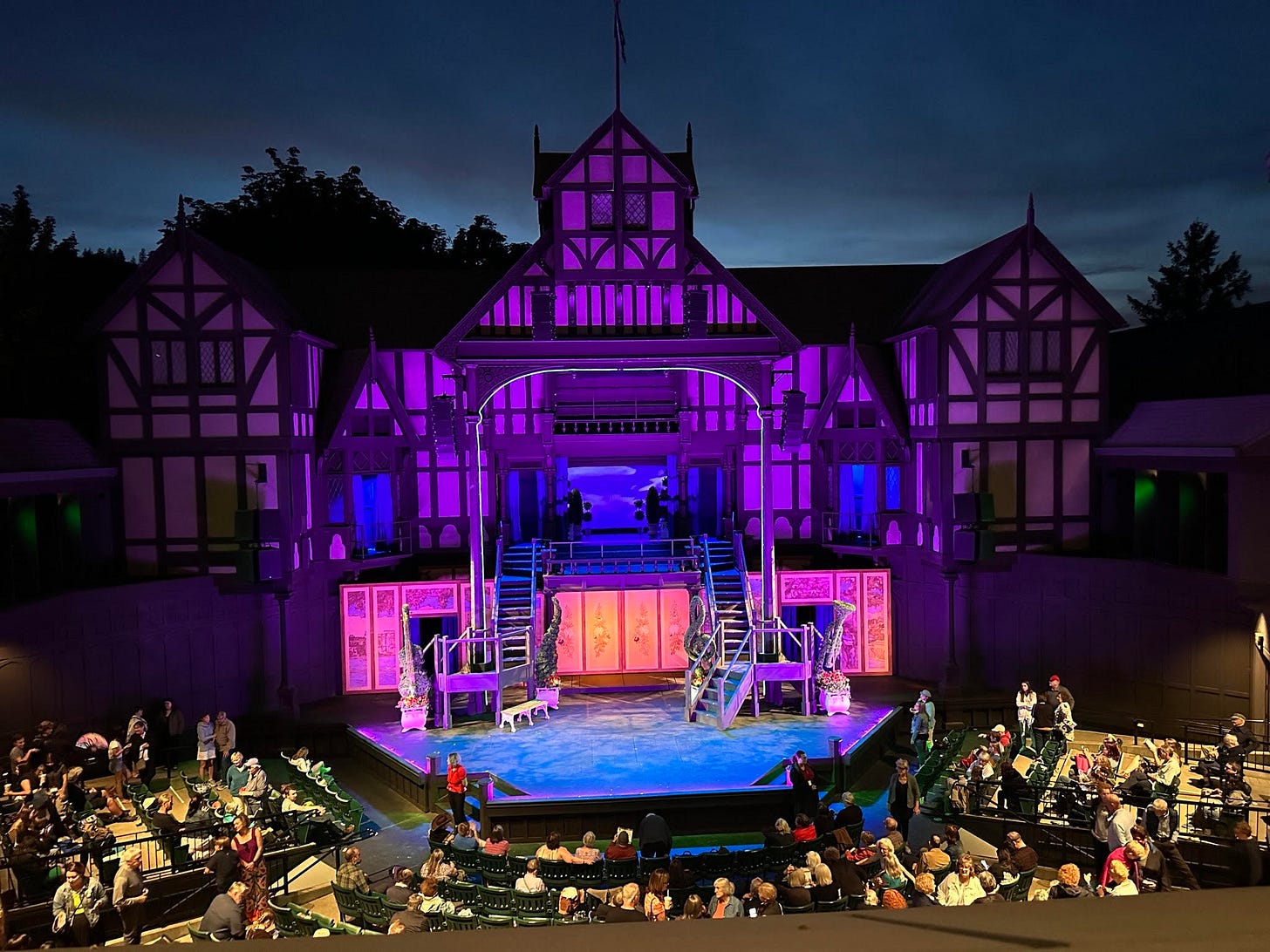

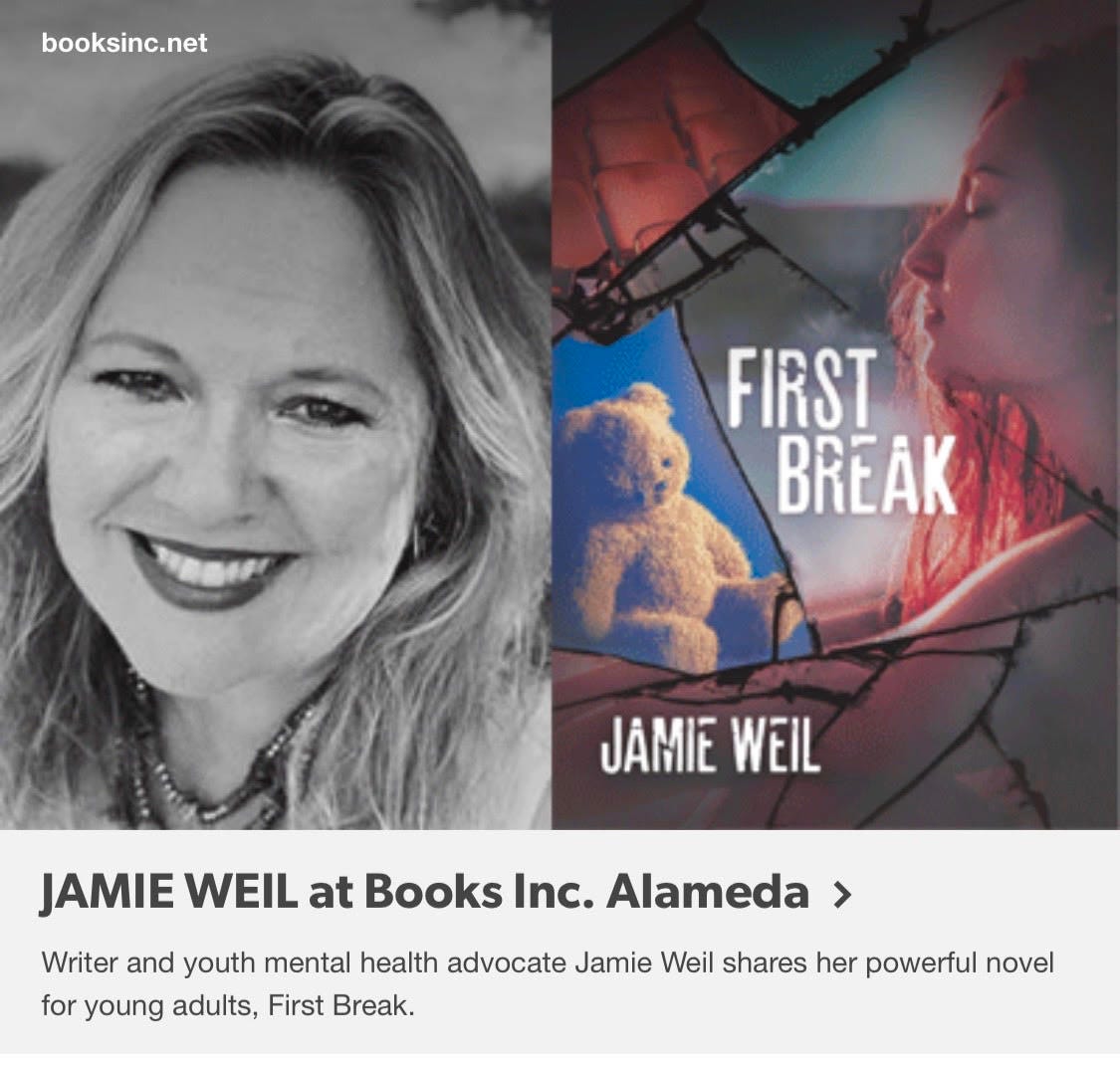
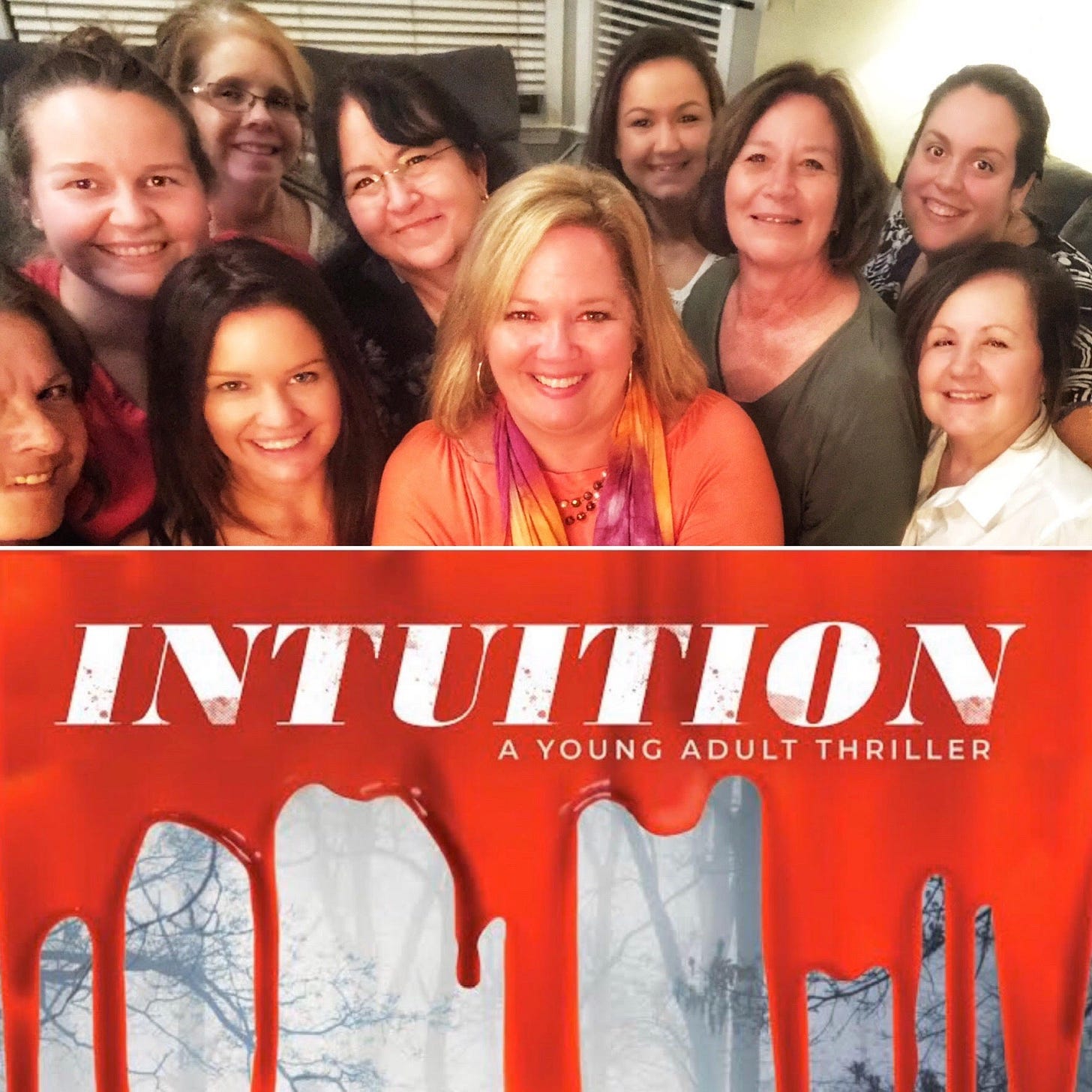
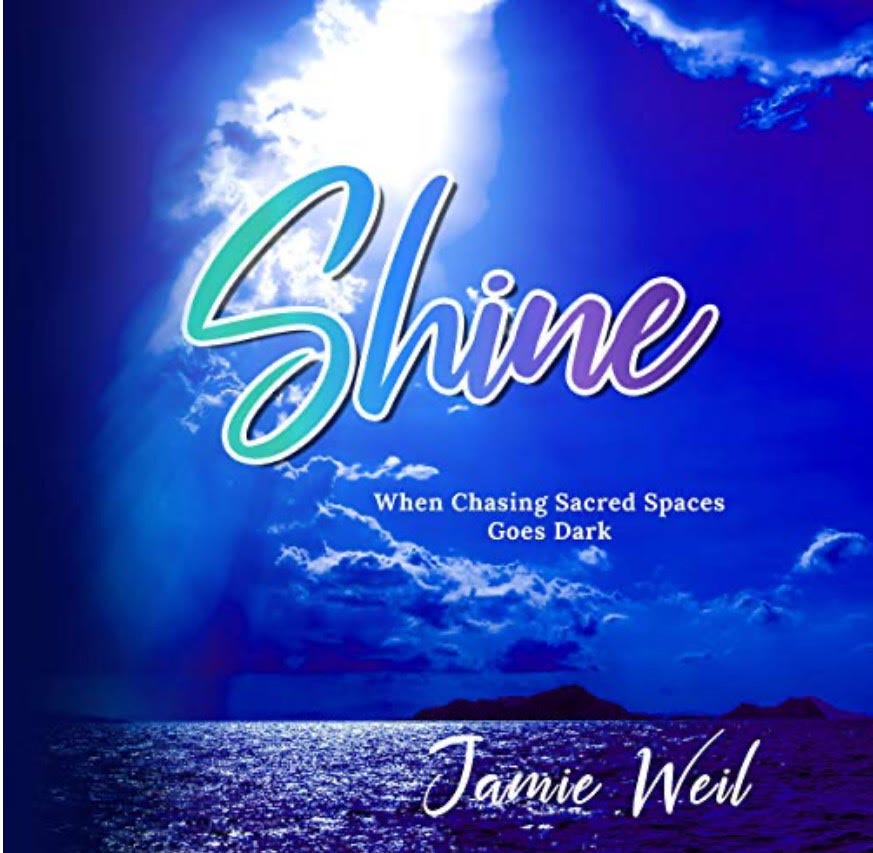

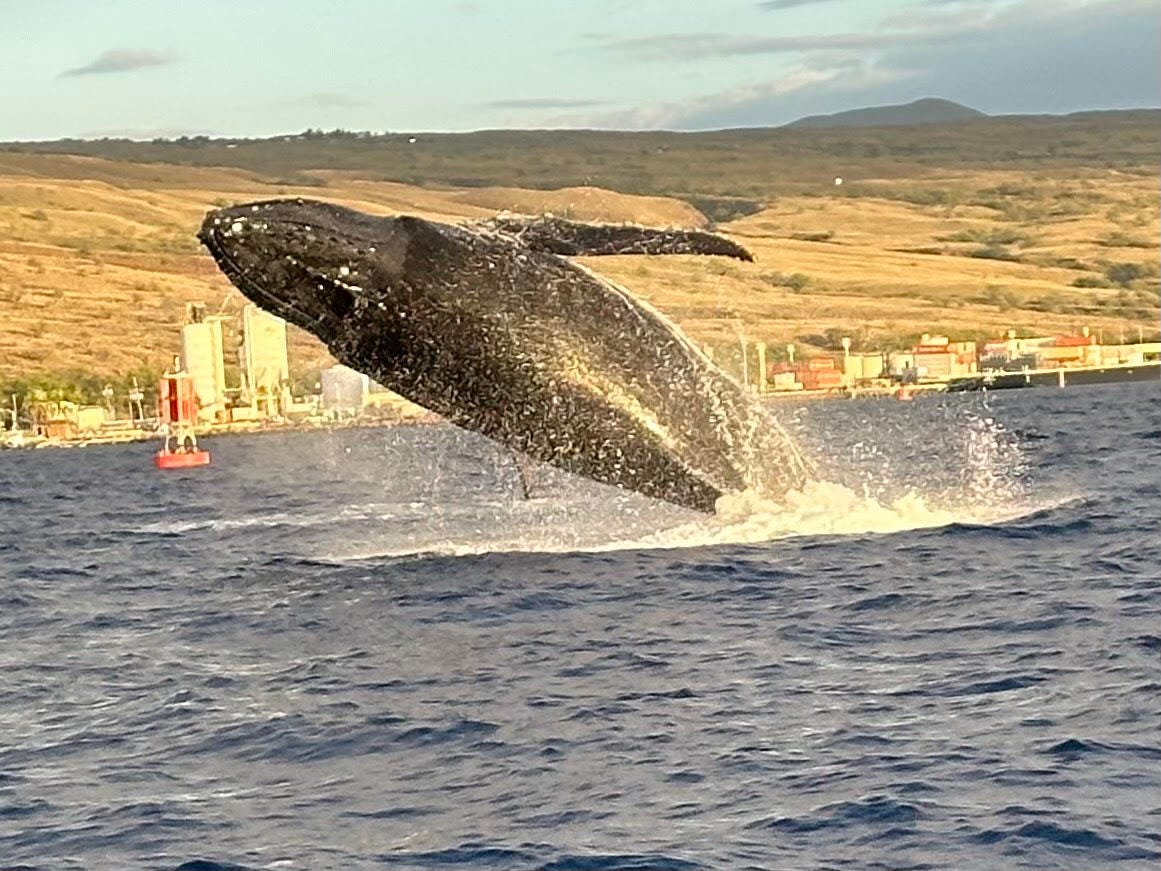
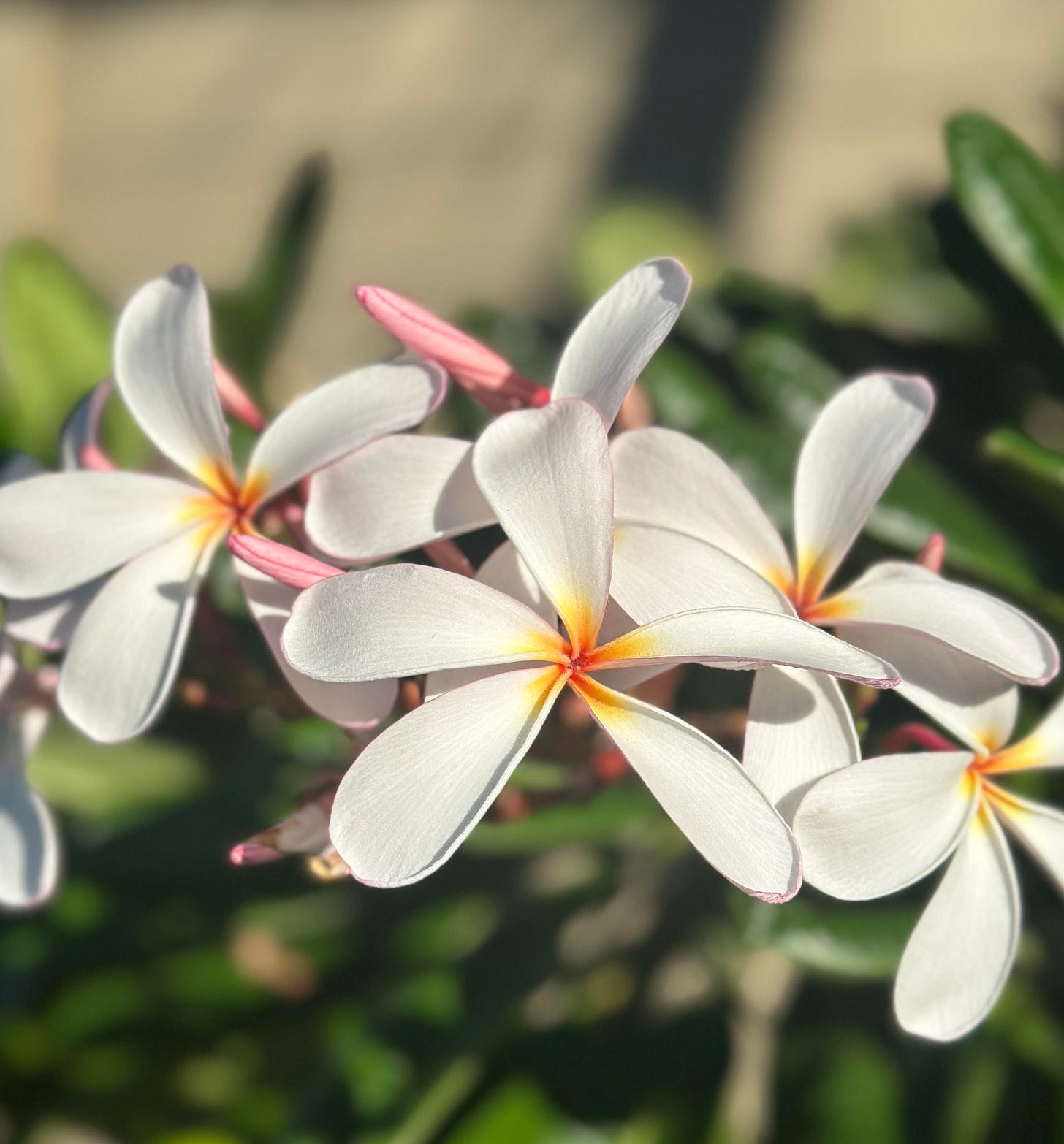

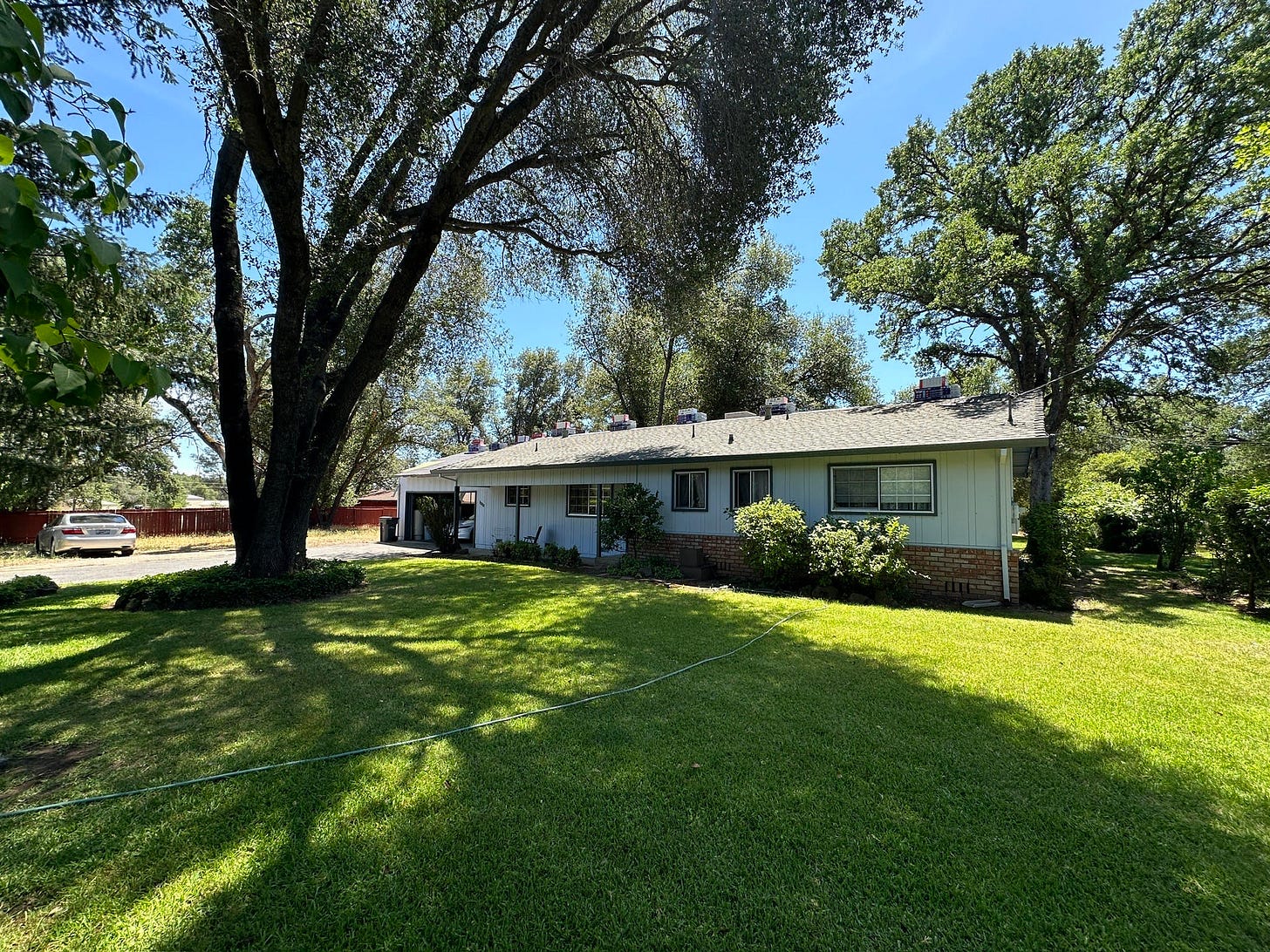


This was so fun! Thank you, Sarah!❤️